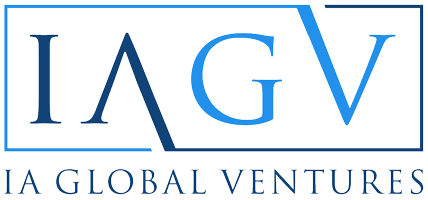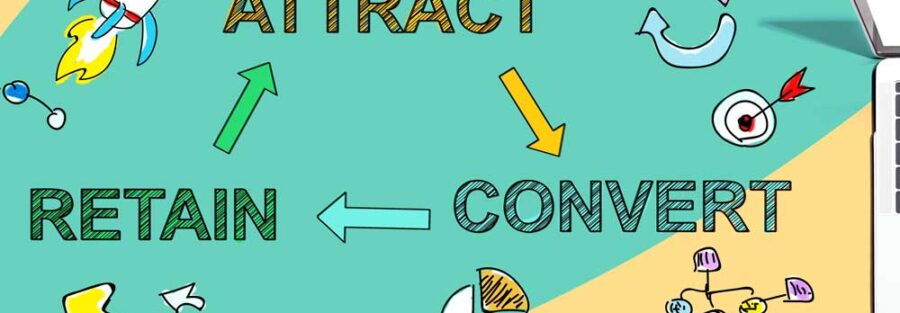In today’s economic climate, securing early-stage VC funding is an increasingly competitive process. To rise above the crowd, startups need to showcase more than just unique product features. They must demonstrate proven traction within their target market.
This is especially true for Software as a Service (SaaS) companies. Yet, I often find that many startups dedicate the majority of their pitch time showcasing the features of their product, rather than detailing its real-world performance.
As a CEO of a SaaS company, it’s not enough to just talk about your key metrics in VC pitches – you need to lead with these numbers.
So, here are seven crucial metrics that SaaS CEOs must keep tabs on and be ready to articulate during investor discussions:
- Monthly Recurring Revenue (MRR) — This is the predictable revenue your company generates every month. It’s a measure of your business’s health and growth prospects.
- Customer Acquisition Cost (CAC) — This is the total cost of acquiring a new customer, including marketing and sales expenses. It helps determine the profitability and sustainability of your customer acquisition strategy.
- Customer Lifetime Value (CLV) — This is the total revenue you can expect from a customer over the duration of their relationship with your company. It should be significantly higher than your CAC for a sustainable business model.
- CLV/CAC Ratio – Combining the previous two metrics, this ratio measures the expected lifetime return on investments in acquiring new customers. A CLV/CAC value of between 3 and 5 is considered good, while a value above 5 is considered excellent.
- Churn Rate — This metric represents the percentage of customers who stop using your service within a given period. A high churn rate is a red flag for potential investors. An annual churn rate of 3%-5% is considered good.
- Net Promoter Score (NPS) — NPS is a measure of customer satisfaction and loyalty. Developed in 2003 by Bain & Company, NPS has become the go-to customer success framework used by two-thirds of the Fortune 1000. It is calculated by asking customers to rate a company on a scale of 0 to 10, with 10 being the highest rating. Then, the percentage of detractors (rating of 0-6) is subtracted from the percentage of promoters (rating of 9-10) to calculate the NPS. A score above 0 is good, whereas a score above 50 is excellent.
- Average Revenue Per User (ARPU) — ARPU measures the average amount of revenue generated per user. It is a key metric for SaaS companies as it helps identify opportunities for upselling and cross-selling to existing customers.
Walking into a pitch without having a firm grasp on the above metrics almost guarantees that a SaaS company CEO will not be taken seriously by professional investors. In addition to knowing the current value of these metrics, a CEO should be able to make reasonable assumptions about how these metrics will change as the company grows its market share or expands into other customer segments.



